“How To Prune Elberta Peach Trees For Better Fruit”
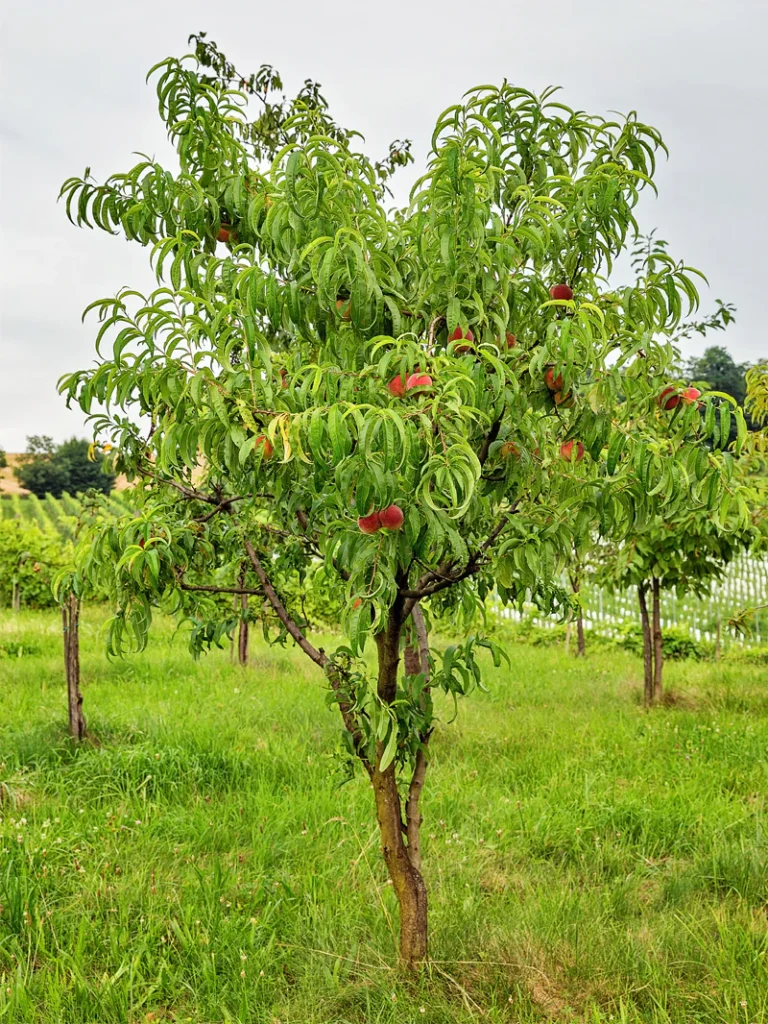
Introduction to Elberta Peach Trees
The Story Behind the Name: A Legacy of Sweetness
Elberta peach trees are a testament to the agricultural history of the United States. It was named after Elberta Rumph. This tree is known for its sweet, juicy peaches and robust growth.
Why Gardeners and Growers Love Elberta Peaches
Elberta peach trees are a favorite for good reasons:
- Hardiness: These trees are tough. They can endure a variety of growing conditions.
- High Yield: A single tree can produce up to 150 pounds of peaches in one season!
- Versatility: From fresh eating to canning and baking, the peaches shine in every dish.
- Aesthetic Appeal: Elberta trees are beautiful and productive. They have fragrant pink blossoms in spring and golden fruit in summer.
History and Origin
A Southern Classic: The Roots of the Elberta Peach Tree
The Elberta peach tree originated in Georgia in the late 1800s. They were cultivated by Samuel H. Rumph, a farmer dedicated to improving peach varieties. Rumph’s goal was to create a delicious and hardy fruit to ship long distances. His success helped Georgia earn its nickname as the “Peach State.”
How It Became America’s Favorite Peach
The Elberta peach gained national fame due to its qualities:
- Transportability: Elberta peaches have firm flesh. They can be shipped without bruising.
- Flavor and Appearance: The peach has yellow skin with a red blush. They have a sweet, tangy taste.
- Prolific Growth: Their high yield, allows farmers to profit from fewer trees.
Elberta peaches became the benchmark for quality in the peach industry.
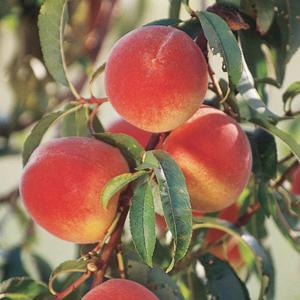
Key Features and Characteristics
The Golden Glow: Identifying Elberta Peaches
Elberta peaches are known for their appearance. Their skin is a vibrant golden yellow. The yellow flesh has a slight red tint near the pit. The fruit flesh easily separates from the pit.
Size, Taste, and Texture: What Sets Them Apart
Elberta peaches are known for their large size. The average size reaches 2 to 3 inches in diameter. They offer a balance of sweetness and acidity. The flesh is has a satisfying taste enjoyed fresh or cooked. Their combination of flavor and texture makes them a favorite among peach varieties.
Elberta peaches flavor holds up well in preserves, pies, and cobblers. They are a staple in kitchens during the peach harvest season.
Ideal Growing Conditions
Climate Preferences: Thriving in Warm Zones
Elberta peach trees flourish in warm climates. They need a large number of chill hours (approximately 800–1,000 hours) during winter. These conditions make them well-suited for USDA hardiness zones 5 through 9. The Southeastern and Southwestern regions of the United States are perfect.
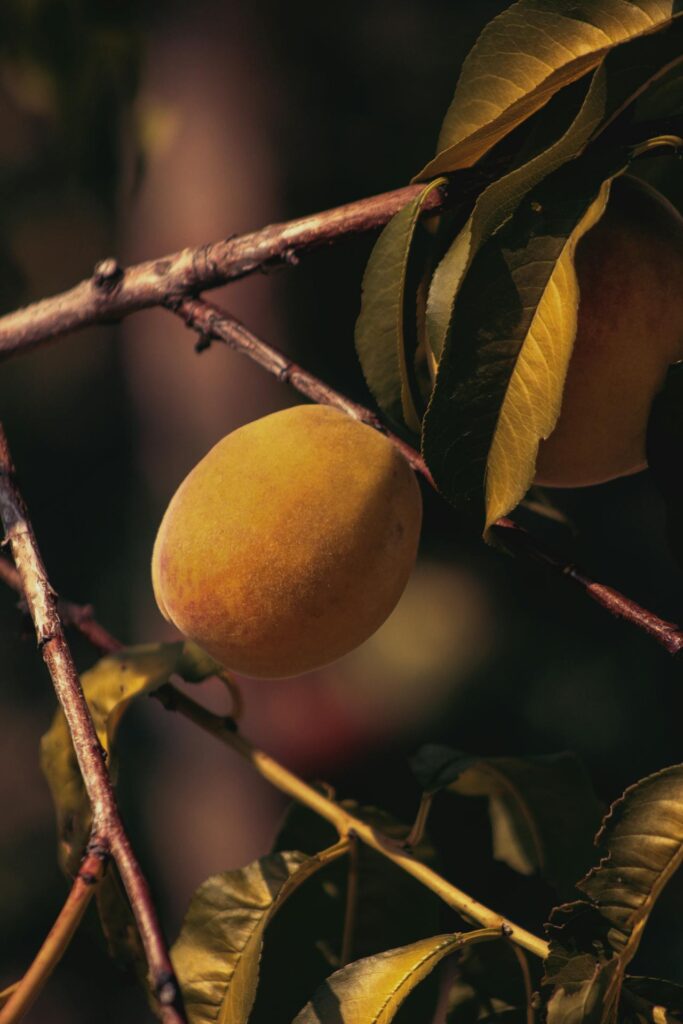
Soil Requirements for Healthy Growth
Elberta peach trees prefer sandy loam soil with a pH range of 6.0 to 7.0. Tips for optimal soil preparation include:
- Improving Drainage: Avoid clay-heavy, poor-draining soils. The soil can be amended with compost and sand to promote root health.
- Adding Nutrients: Mix in aged manure or compost to enrich the soil.
- Testing pH: Conduct a soil test to ensure the pH is within the range. Overly acidic or alkaline soils will hinder tree growth.
Sunlight and Water Needs: Striking the Right Balance
Elberta peach trees need at least 6–8 hours of full sunlight daily. Sunlight ensures leaf development and abundant fruit production.
Watering should be regular but reasonable. Follow these guidelines:
- Young Trees: Water regularly once or twice a week.
- Established Trees: Provide consistent moisture during the growing season. Allow the topsoil to dry between watering to prevent root rot.
- Mulching: Apply organic mulch around the tree’s base to keep moisture and regulate soil temperature.
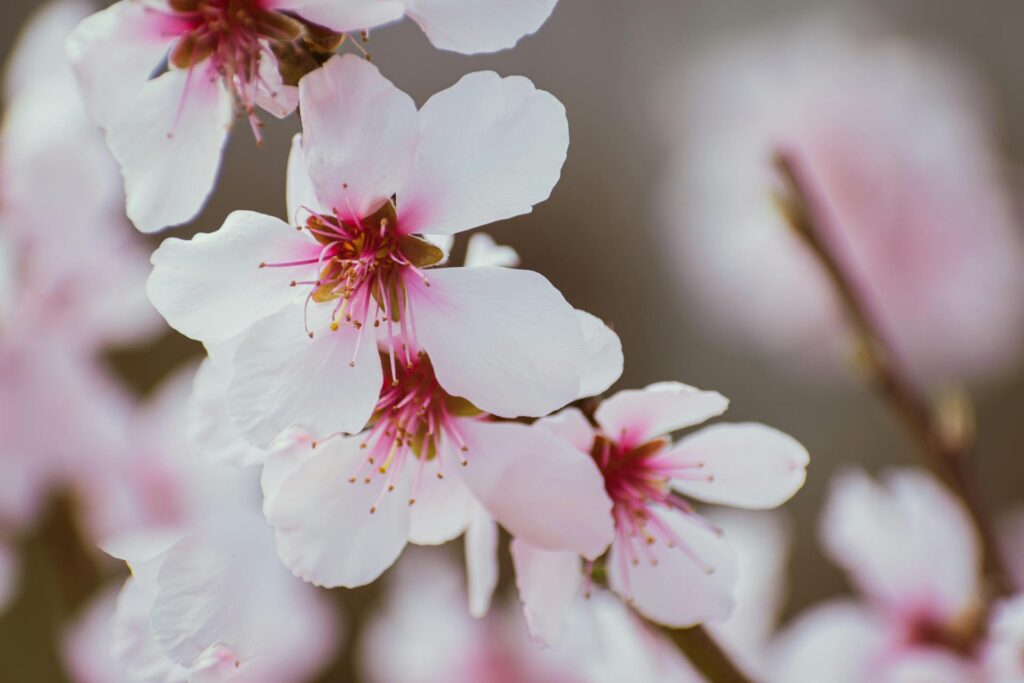
How to Plant Elberta Peach Trees
Choosing the Perfect Spot: Location Matters
Consider the following factors:
- Sunlight: Select a site that receives full sun for most of the day. Avoid shaded areas near buildings or tall trees.
- Drainage: Ensure the soil has excellent drainage. Planting on a slight slope or raised bed help prevent waterlogging.
- Space: Elberta peach trees grow 12–15 feet tall and wide. Maintain at least 12-15 feet distance between trees or structures.
Step-by-Step Planting Guide
Follow these steps to ensure your tree gets off to a healthy start:
- Prepare the Soil: Loosen the soil in a hole that’s twice as wide and deep as the tree’s root ball.
- Inspect the Roots: Trim any damaged or overly long roots for healthy growth.
- Position the Tree: Place the tree in the hole so the graft union (the raised area on the trunk) sits 1–2 inches above ground level.
- Backfill Carefully: Fill the hole with a mix of native soil and compost. Gently tamp down the soil to remove air pockets.
- Water Thoroughly: Water the tree to help the roots establish.
Common Mistakes to Avoid During Planting
- Planting Too Deep: Always ensure the graft union remains above soil level to avoid root rot.
- Neglecting Soil Testing: Poor soil pH or fertility can hinder growth. Test and amend soil before planting.
- Overwatering: Newly planted trees need moisture, avoid waterlogging the soil.
A well-planted Elberta peach tree can provide decades of beauty and productivity.

Caring for Your Elberta Peach Tree
The Basics of Pruning: Keeping Your Tree Healthy
Proper pruning promotes airflow, sunlight penetration, and fruit development. Follow these tips:
- Timing: Prune the tree in late winter or early spring. Do it just before the tree breaks dormancy.
- Shape: Remove the central leader and encourage outward growth. This creates a “vase” shape for peach trees.
- Remove Deadwood: Cut away any dead, damaged, or diseased branches.
Focus on thinning out dense areas of growth to prevent overcrowding. Ensure the fruit receives ample sunlight.
Fertilizer and Nutrient Needs
Elberta peach trees need balanced nutrients for growth and fruit production. Key tips include:
- First Year: Use a balanced fertilizer every 6–8 weeks during the growing season. A 10-10-10 fertilizer is perfect.
- Mature Trees: Apply the fertilizer in early spring and after the harvest.
- Organic Alternatives: Use compost, bone meal, and potassium-rich banana peels to maintain soil fertility.
Follow package instructions for commercial fertilizers to avoid over-fertilizing.
Pests and Diseases to Watch Out For
Elberta peach trees are susceptible to common pests and diseases.
- Pests:
- Peach tree borers: Signs include sap oozing from the trunk. Use sticky traps or insecticides to control them.
- Aphids: These small, soft-bodied insects cluster on leaves. Spray with insecticidal soap or a strong water jet.
- Diseases:
- Leaf curl: A fungal disease causing distorted leaves. Apply fungicides in late winter as a preventive measure.
- Brown rot: This fungal infection affects fruit. Prune infected branches and remove fallen fruit to prevent spread.
Regular inspections and timely interventions will keep your tree thriving.
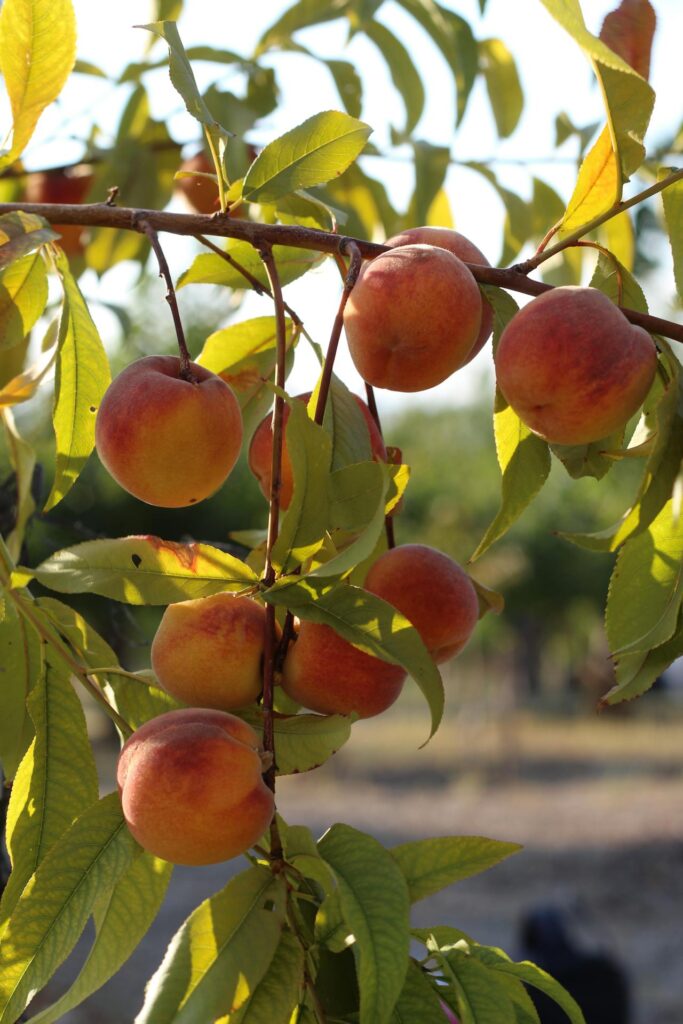
Harvesting Elberta Peaches
When and How to Pick for Peak Ripeness
Harvest Elberta peaches at the right to get the best flavor and texture. Here’s how to identify when they’re ready:
- Color Change: The peaches turn a deep golden-yellow with a red blush.
- Slight Softness: Gently press the fruit; ripe peaches will yield to pressure but not feel mushy.
- Fragrance: Ripe Elberta peaches emit a sweet, fruity aroma.
To pick peaches:
- Gently twist and lift the fruit. Ripe peaches will detach easily from the branch.
- Handle with care to avoid bruising the delicate skin.
Harvest in the morning when temperatures are cool to maintain the fruit’s freshness.
Tips for Storing and Preserving Your Harvest
Freshly picked Elberta peaches can be stored or preserved to enjoy their flavor:
- Short-Term Storage:
- Store ripe peaches in the refrigerator for up to a week.
- Keep them in a single layer to prevent bruising.
- Freezing:
- Slice the peaches and remove the pit.
- Lay slices on a baking sheet to freeze before transferring to freezer bags.
- Add a splash of lemon juice to prevent browning.
- Canning:
- Preserve the peaches in light syrup for pies, cobblers, and desserts.
Health Benefits of Elberta Peaches
Nutritional Profile: What Makes Them a Superfruit
Elberta peaches are packed with nutrients that support health. A medium-sized peach contains:
- Vitamins: Rich in vitamin C and vitamin A, which promote healthy skin and immune function.
- Minerals: A good source of potassium, which helps regulate blood pressure.
- Fiber: About 2 grams per peach, aiding digestion and maintaining a healthy gut.
- Calories: Low in calories, with 60 per fruit, making them a guilt-free snack.
The Antioxidant Power of Peaches
Elberta peaches are full of antioxidants, which fight oxidative stress and reduce inflammation. Studies have linked peach consumption to benefits such as:
- Improved Heart Health: Antioxidants lower bad cholesterol (LDL) and improve heart function.
- Cancer Prevention: Compounds in peaches have promise in inhibiting the growth of cancer cells.
- Skin Health: Vitamin C and beta-carotene support collagen production. They help to maintain youthful skin.
You can indulge in their sweetness while boosting your health in meaningful ways.
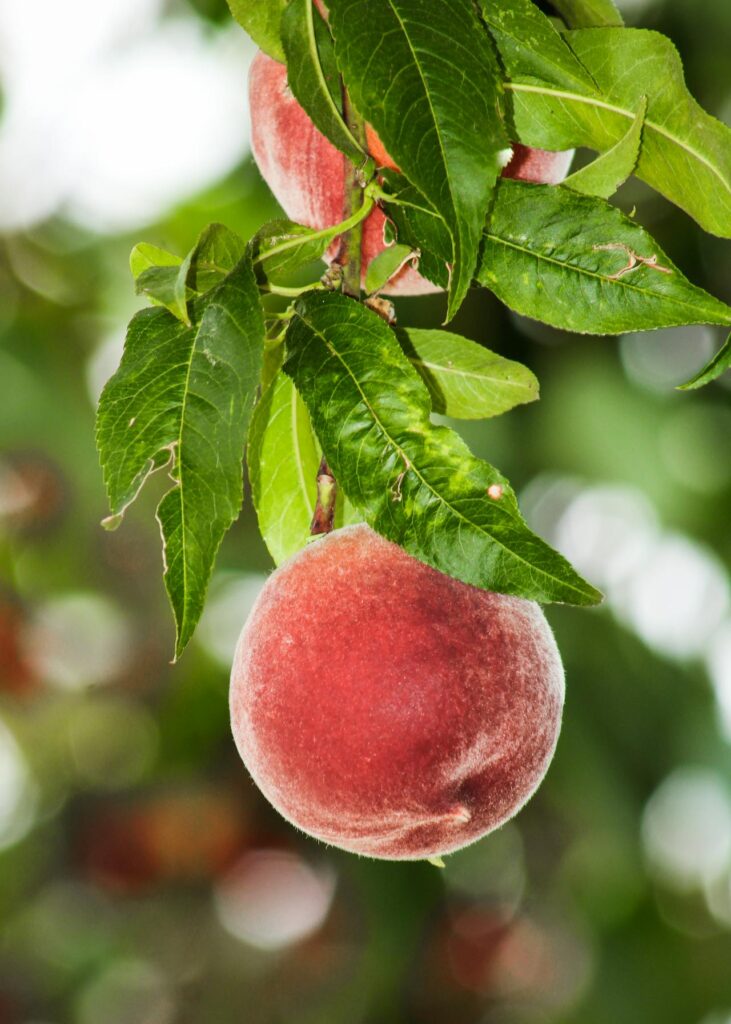
Troubleshooting Common Issues
Leaf Curl, Brown Rot, and Other Problems Explained
Elberta peach trees face some challenges during their life. Here are a few issues to look out for:
- Leaf Curl: This fungal disease causes leaves to curl and distort. It’s most common in early spring when conditions are moist and cool. To prevent leaf curl:
- Apply fungicides during the winter while the tree is dormant.
- Remove affected leaves to reduce the spread of the fungus.
- Ensure proper air circulation around the tree by pruning crowded branches.
- Brown Rot: Causes fruit to rot and become covered in a fuzzy mold. It appears in hot, humid conditions. To control brown rot:
- Remove and dispose of any infected fruit immediately.
- Prune dead or infected branches.
- Apply fungicides to prevent further spread.
- Peach Tree Borers: These pests tunnel into the tree trunk. They cause sap to ooze and weaken the tree. To combat borers:
- Apply insecticidal soap or sticky traps to the tree’s base to capture and repel borers.
- Regularly inspect the tree for signs of damage and treat it early.
Solutions to Keep Your Tree Thriving
To ensure your Elberta peach tree stays strong and vibrant:
- Proper Watering: Avoid overwatering, which lead to root rot. Underwatering, which cause fruit drop. Aim for consistent, deep watering.
- Soil Health: Regularly amend the soil with compost to maintain fertility and good drainage. Test the soil every few years to check its pH and nutrient levels.
- Mulching: Apply a 2–4 inch layer of organic mulch around the base of the tree. The mulch will conserve moisture, suppress weeds, and regulate soil temperature.
- Pruning: Keep your tree’s shape open and remove any dead or damaged wood. This will promote better airflow and reduce the likelihood of disease.
You can overcome common obstacles and enjoy a healthy, productive Elberta peach tree.
The Longevity and Reliability of the Elberta Peach
Elberta peach trees are loved for their longevity. These trees live for over 20 years, producing high-quality fruit season after season. Their reliability is another key factor. Elberta peach trees are known for their consistent fruit production. Their hardiness and performance in a wide range of climates make them an investment.
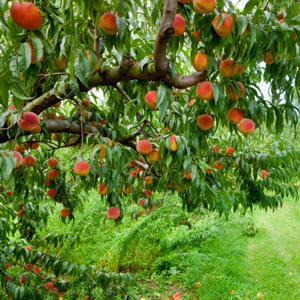
Conclusion
A Fruit Worth the Effort: Wrapping Up the Elberta Experience
Elberta peach trees are more than a beautiful addition to your garden. They are a symbol of hard work, history, and the reward of growing your food. Enjoy the rich flavor, high yield, and robust health benefits that Elberta peaches provide.
The Elberta peach tree offers a wonderful opportunity to cultivate something special. You will love the first pink blossoms in spring to the bountiful harvest in summer. The Elberta peach tree brings satisfaction and sweetness to your garden year after year.